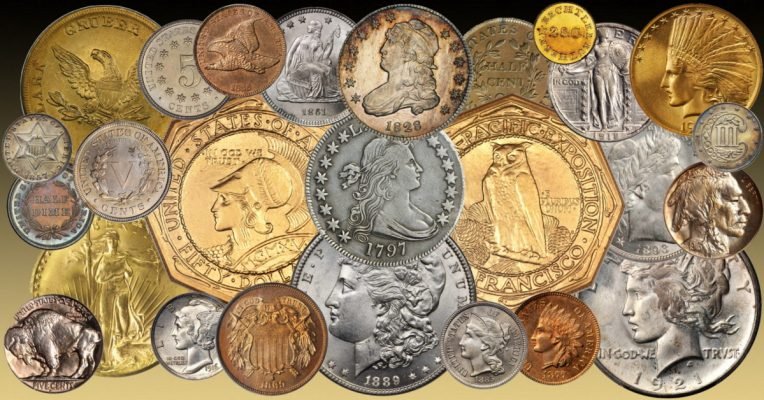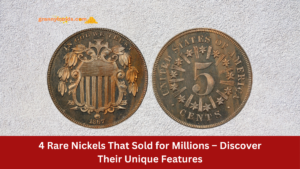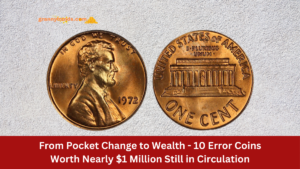Bicentennial quarters were minted in 1975 and 1976 to celebrate the 200th anniversary of the United States. These coins feature a unique design, showcasing the dual date of 1776-1976 on the obverse and a depiction of the drummer boy on the reverse. While many people assume that these coins are of little value due to their mass production, some rare varieties can be quite valuable to collectors. In this article, we will explore the worth of a Bicentennial quarter and what factors can influence its value.
Clad Bicentennial Quarter
The standard Bicentennial quarter is made of a copper-nickel clad composition. Most of these coins are worth only their face value of 25 cents, but some can fetch a higher price depending on their condition and rarity.
Silver Bicentennial Quarter
The silver version of the Bicentennial quarter was minted for collectors and contains 40% silver. This version is significantly more valuable, often fetching prices that are much higher than the face value due to the intrinsic value of the silver content.
Uncirculated Bicentennial Quarter
Uncirculated Bicentennial quarters, which have never been used in transactions, can be worth more than regular circulated coins. Collectors often seek these coins for their pristine condition, which can greatly enhance their value.
Proof Bicentennial Quarter
Proof coins are specially made for collectors and feature a mirror-like finish. A proof Bicentennial quarter can be worth more than a regular coin due to its high-quality production and limited mintage.
Varieties of Bicentennial Quarter
Some Bicentennial quarters have unique features or errors that make them rare. For instance, the 1976-D quarter with a double die obverse is sought after by collectors and can command a high price in the market.
Market Demand for Bicentennial Quarters
The value of any coin, including the Bicentennial quarter, is influenced by market demand. As interest in coin collecting fluctuates, the value of these quarters can rise or fall. Keeping an eye on trends can help collectors understand the worth of their coins.
Grading and Condition of Bicentennial Quarter
The grading of a coin significantly impacts its value. A well-preserved Bicentennial quarter in a higher grade will be worth more than one that shows signs of wear. Collectors often refer to grading scales to determine the condition and value of their coins.
| Coin Type | Composition | Value Range | Rarity Level |
| Clad Bicentennial Quarter | Copper-Nickel | 25 cents | Common |
| Silver Bicentennial Quarter | 40% Silver | $3 – $7 | Common |
| Uncirculated Bicentennial Quarter | Copper-Nickel | $1 – $5 | Uncommon |
| Proof Bicentennial Quarter | 40% Silver | $5 – $15 | Uncommon |
| 1976-D Double Die Quarter | Copper-Nickel | $500+ | Rare |
| Other Varieties | Varies | Variable | Rare |
| Graded Bicentennial Quarter | Copper-Nickel/Silver | Depends on Grade | Variable |
In conclusion, the worth of a Bicentennial quarter can vary widely based on several factors, including its type, condition, and market demand. While many may view these coins as merely 25-cent pieces, collectors know that certain varieties can hold significant value. Whether you’re a seasoned collector or just starting, it’s essential to understand the nuances of these coins to appreciate their worth fully.
FAQs
What is the typical value of a circulated Bicentennial quarter?
A circulated Bicentennial quarter is usually worth its face value of 25 cents, but some may be worth slightly more depending on their condition.
How can I tell if my Bicentennial quarter is silver?
You can determine if your Bicentennial quarter is silver by checking for the mint mark and the edge of the coin. Silver quarters will have a different weight and a distinct edge compared to clad quarters.
Are all Bicentennial quarters valuable?
Not all Bicentennial quarters are valuable. Most are common and worth only their face value, but certain rare varieties can be worth significantly more.
How do I find the value of my Bicentennial quarter?
To find the value of your Bicentennial quarter, you can check online coin value guides, consult with a coin dealer, or refer to auction prices for similar coins in comparable condition.






